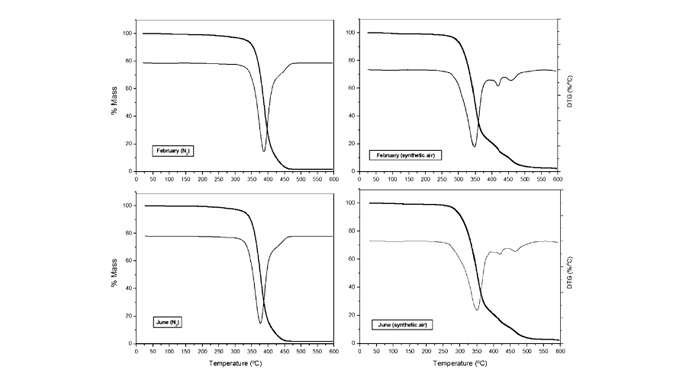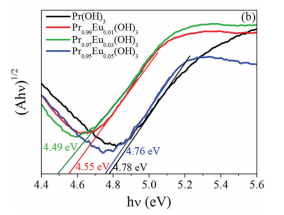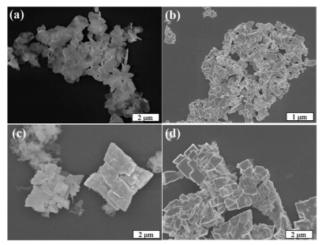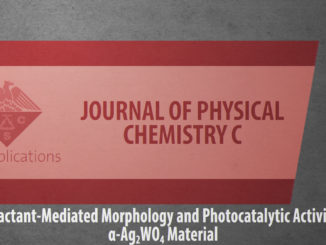
Writers: P Danielle Galiani; J Antonio Malmonge; B Guenther Soares; and L Henrique Capparelli Mattoso
Keywords: Natural rubber; Thermogravimetry analysis; PRI; Degradation
Abstract: Thermal–oxidative degradation behaviours of raw natural rubber (NR) have been investigated by using thermogravimetry analysis in inert and oxidative atmospheres and the plasticity retention index (PRI). The activation energy Ea, was calculated using Horowitz–Metzger and Coats–Redfern methods and compared with PRI. The Ea values obtained by each method were in good agreement with each other. The June samples are the least stable rubbers among the studied ones, whereas February samples exhibited the highest values of activation energy, therefore in agreement with the PRI behaviour, which indicates that the thermo-oxidative stability of the June samples are the poorest during the thermo-oxidative degradation reaction. Natural rubber is a product of biological origin, and thus these variations in the values of thermal behaviour and PRI might be related to the genetic differences and alterations of climatic conditions that act directly on the synthesis of non-rubber constituents, which are generally reflected in latex and rubber properties.




